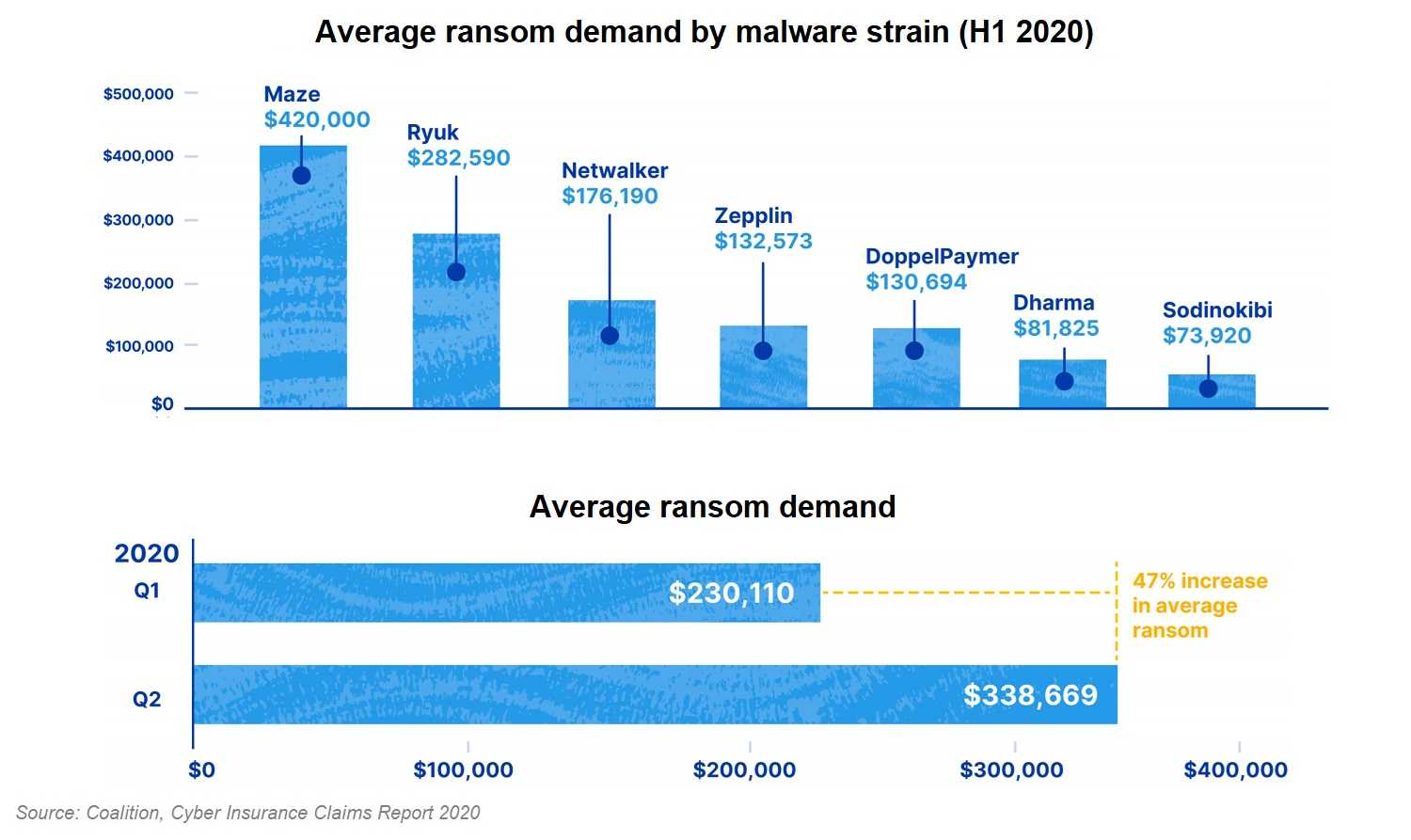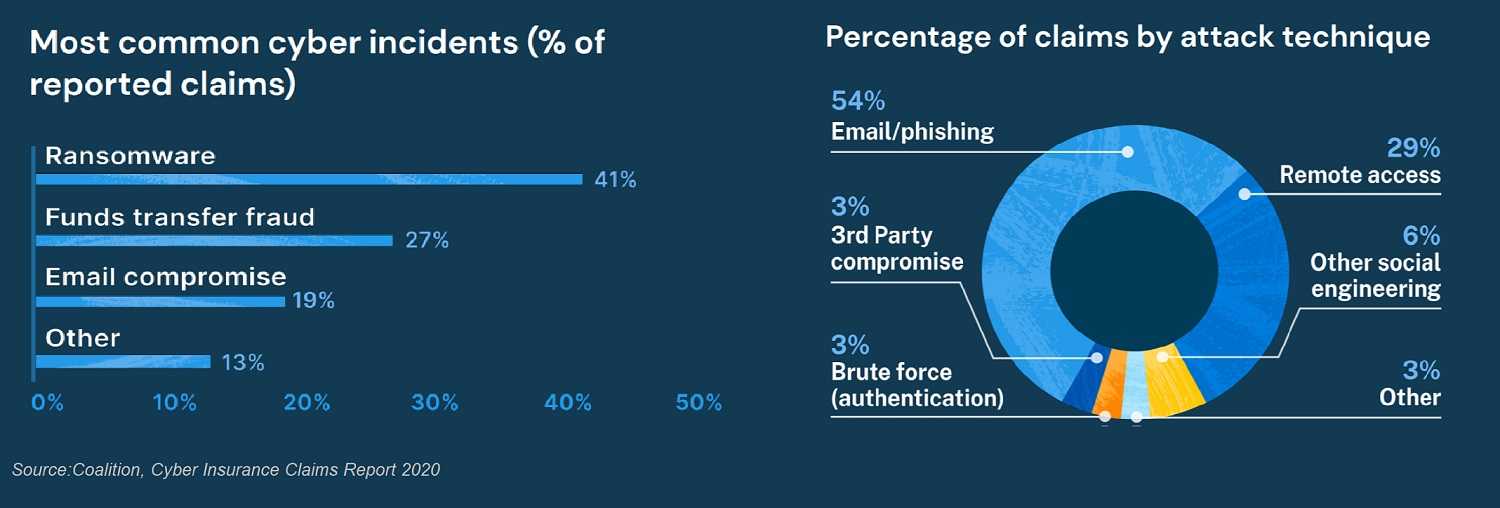Ransomware Attacks And Amounts Up; Cyber Insurance Claims Skyrocket
By: Jim Stickley and Tina Davis
January 15, 2021
A report published by Coalition, a U.S. cyber insurance provider, found that in the first half of 2020, ransomware attacks against enterprise were up 260% and ransom demands were 47% more costly than ever before. No organization is safe from these and other cyberattacks, including those in healthcare, city services, education, retail, finances, and many more. The surge in these and other statistics tell a troubling tale about these attacks and taking a look at the numbers and beyond is an important part of the ransomware equation.
Climbing Claims
The report also reveals in the first half of this year, 41% of cyber insurance claims involved ransomware incidents. One of these attacks can freeze a system by encrypting the data, rendering it useless and leaving a business stranded and unable to function. Forbes finds the recovery price for a ransomware attack is now more than $84,000, almost double the price tag from last year. The costly factors determining the final price include steeper ransoms, hardware replacement and repair, lost revenue from recovery time, and for some, damage to their reputation and brand.

Behind the Curtain
Looking beyond ransomware attacks, the report shows a spike in cyber insurance claims for funds transfer fraud and business email compromise (BEC) attacks. Since last year, funds transfer fraud claims are up 35%, while BEC claims are up 67%. Coalition also found that companies using Microsoft Office 365 have 3.2 more BEC attacks than those using other email services. The report also shows two gangs are the biggest ransomware thugs to date. Maze and DoppelPaymer groups are stealing data from victims and threatening them with a double extortion scheme. Of the two, Maze gang is the most ruthless, demanding ransoms up to six times more than the average amount.

DIY Ransomware Protection
There are options organizations can take to protect themselves from ransomware attacks other than cyber insurance coverage. Regularly backing up system data allows a victim to restore hijacked data without paying a ransom. However, periodically testing the backup works when needed is a important part of this. Also, keeping all software up-to-date is strongly recommended. These updates often include the latest security bug fixes, something that every enterprise can benefit from, and should be done as soon as they are available.
Making the best choice to protect your organization from ransomware attacks directly affects the future security and success of your business and should be made sooner rather than later.